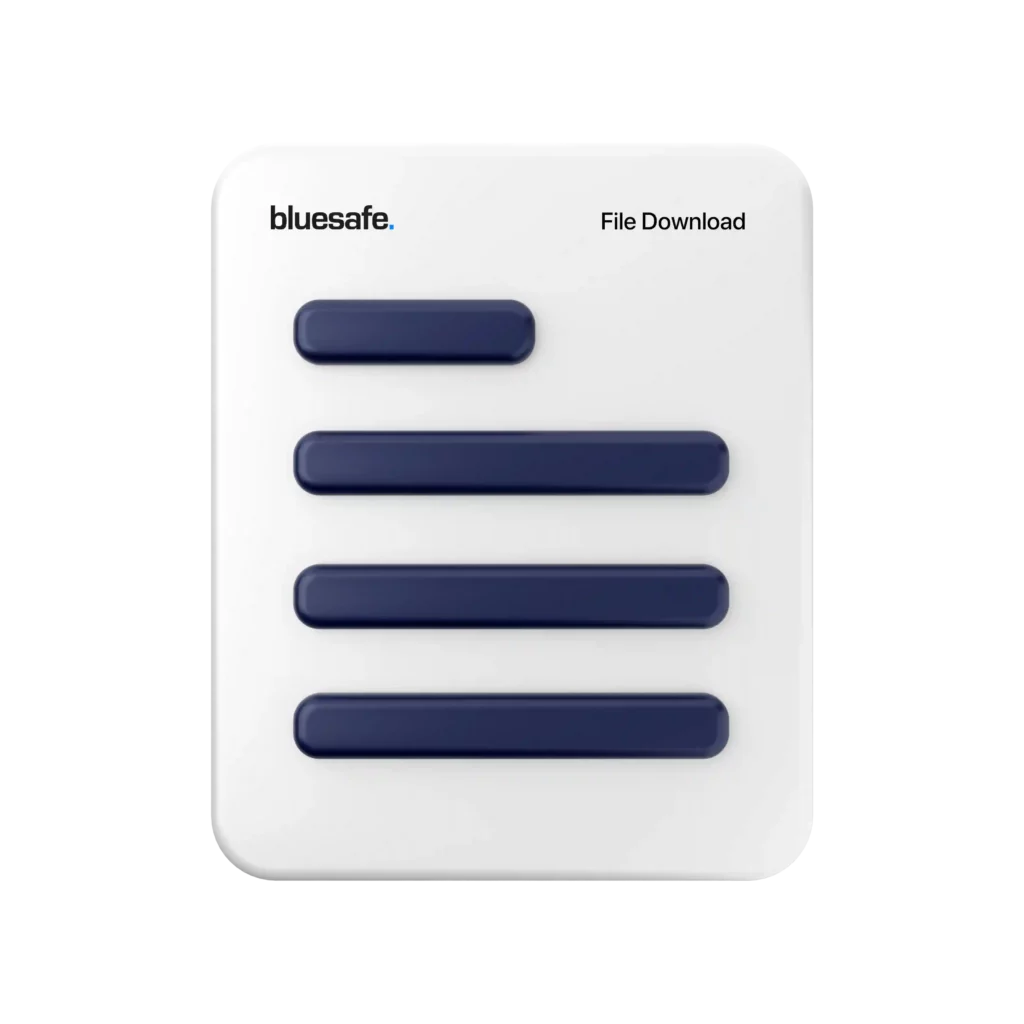- What is a Safe Work Method Statement (SWMS)?
A SWMS is a document that outlines the high-risk construction work being carried out, the hazards associated with the work, and the control measures that will be implemented to manage those risks.
- Why do we need a SWMS?
A SWMS is an essential tool for managing workplace health and safety risks. It ensures that workers and other people at the worksite are safe from harm and that the risks associated with the work have been identified, assessed, and controlled.
- Who should prepare a SWMS?
A SWMS should be prepared by the person or business conducting the high-risk construction work. This could be the principal contractor, the subcontractor, or the person doing the work themselves.
- Who needs to see the SWMS?
All workers involved in the high-risk construction work should be given a copy of the SWMS. It’s also important to ensure that the SWMS is easily accessible and that everyone knows where it is located.
- When should a SWMS be prepared?
A SWMS should be prepared before work commences on the high-risk construction work. It should be reviewed and updated regularly to ensure that it remains current and effective.
- What should be included in a SWMS?
A SWMS should include the following information:
- A description of the high-risk construction work being carried out
- A list of the hazards associated with the work
- An assessment of the risks associated with the hazards
- The control measures that will be implemented to manage those risks
- The names and positions of the people responsible for implementing and monitoring the SWMS
- The date the SWMS was prepared and any dates that it was reviewed and updated
- How long should a SWMS be?
There is no set length for a SWMS. It should be as long as necessary to adequately describe the high-risk construction work being carried out, the hazards associated with the work, and the control measures that will be implemented to manage those risks.
- Can a SWMS be used for multiple jobs?
A SWMS can be used for multiple jobs if they are similar in nature and have the same hazards and control measures. However, it’s important to review and update the SWMS to ensure that it remains current and effective for each job.
- Can a SWMS be changed once work has commenced?
A SWMS can be changed once work has commenced if new hazards are identified or if the control measures are not effective. It’s important to review and update the SWMS regularly to ensure that it remains current and effective.
- What happens if a SWMS is not followed?
If a SWMS is not followed, it could result in injury or harm to workers or other people at the worksite. It could also result in legal action being taken against the person or business responsible for conducting the high-risk construction work.
In conclusion, SWMS is an essential tool for managing workplace health and safety risks. It ensures that workers and other people at the worksite are safe from harm and that the risks associated with the work have been identified, assessed, and controlled. I hope this has helped answer some of your questions about SWMS. Remember, workplace health and safety should always be a top priority.
Cheers,

![]()






